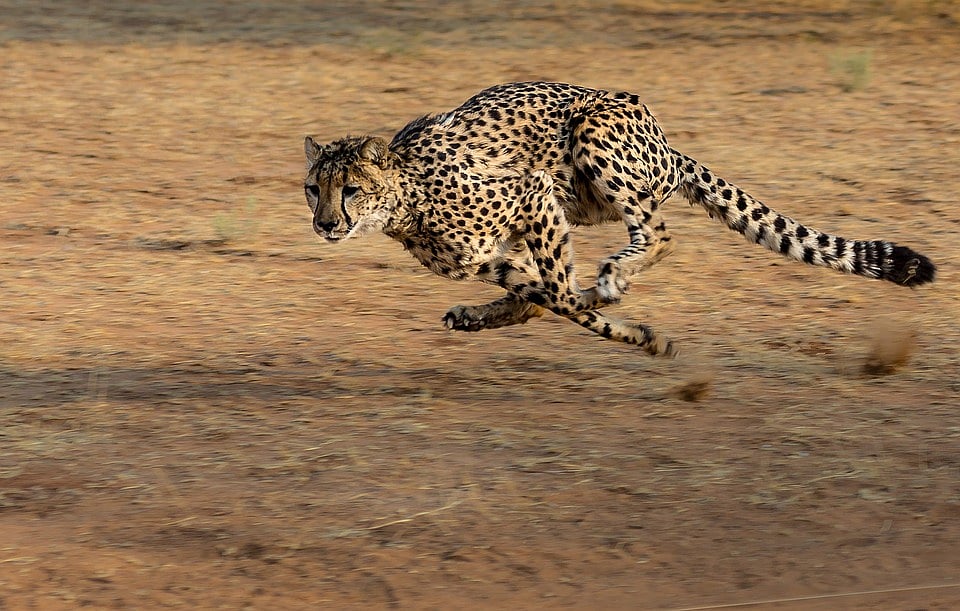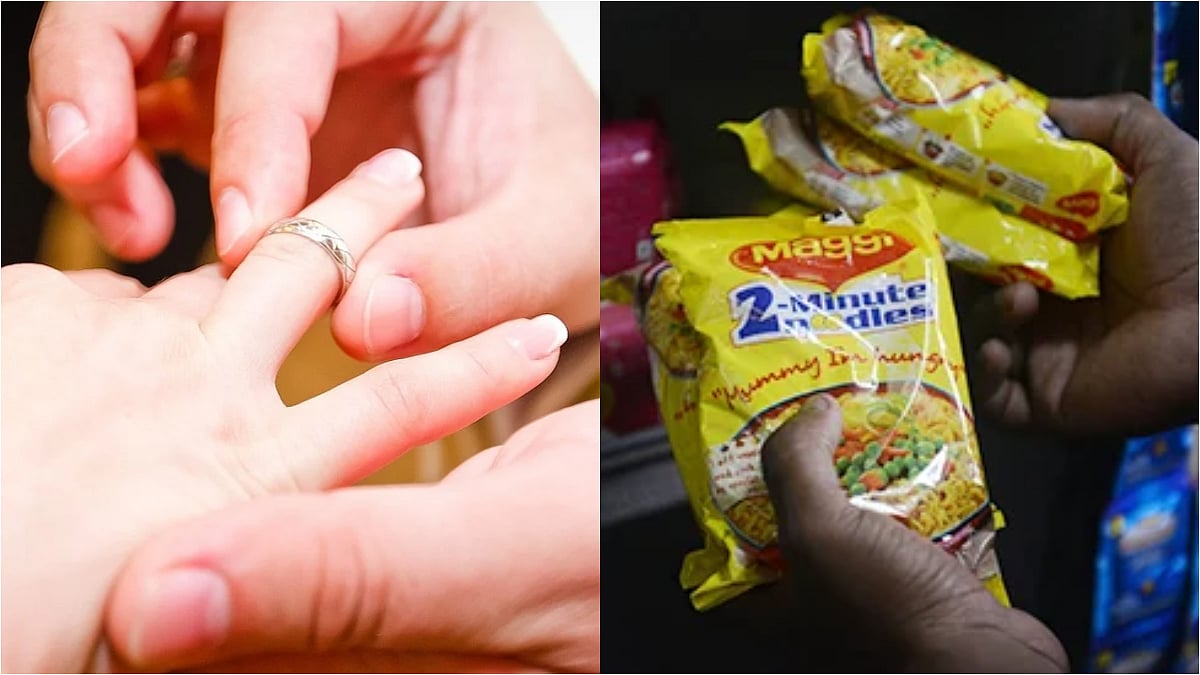Washington: Inspired by the cheetah, scientists have developed a new type of soft robot that can move over three times faster on solid surfaces or in the water than previous generations of such machines.
The new soft robots are also capable of grabbing objects delicately -- or with sufficient strength to lift heavy objects, according to the research published in the journal Science Advances.
Cheetahs are the fastest creatures on land, and they derive their speed and power from the flexing of their spines, said Jie Yin, an assistant professor at North Carolina State University in the US.
"We were inspired by the cheetah to create a type of soft robot that has a spring-powered, 'bistable' spine, meaning that the robot has two stable states. We can switch between these stable states rapidly by pumping air into channels that line the soft, silicone robot," Yin said.
"Switching between the two states releases a significant amount of energy, allowing the robot to quickly exert force against the ground. This enables the robot to gallop across the surface, meaning that its feet leave the ground," said Yin.
Previous soft robots, the researchers said, were crawlers, remaining in contact with the ground at all times, which limits their speed. They said the fastest soft robots until now could move at speeds of up to 0.8 body lengths per second on flat, solid surfaces.
The new class of soft robots, which are called "Leveraging Elastic instabilities for Amplified Performance" (LEAP), are able to reach speeds of up to 2.7 body lengths per second -- more than three times faster -- at a low actuation frequency of about 3 Hertz, according to the researchers.
These new robots are also capable of running up steep inclines, which can be challenging or impossible for soft robots that exert less force against the ground, they said. The new "galloping" LEAP robots are about seven centimetres long and weigh about 45 grammes, the researchers noted.
They also demonstrated that the LEAP design could improve swimming speeds for soft robots. Attaching a fin, rather than feet, a LEAP robot was able to swim at a speed of 0.78 body lengths per second, as compared to 0.7 body lengths per second for the previous fastest swimming soft robot, according to the researchers.
"We also demonstrated the use of several soft robots working together, like pincers, to grab objects. By tuning the force exerted by the robots, we were able to lift objects as delicate as an egg, as well as objects weighing 10 kilograms or more," Yin said.
The researchers are optimistic that they can modify the design to make LEAP robots that are even faster and more powerful. "Potential applications include search and rescue technologies, where speed is essential, and industrial manufacturing robotics," Yin added.





